

Broschiertes Buch
6. Januar 2016
LAP Lambert Academic Publishing
Broschiertes Buch
6. September 2024
Editions Notre Savoir
Broschiertes Buch
6. September 2024
Edizioni Sapienza
Broschiertes Buch
6. September 2024
Edições Nosso Conhecimento
Broschiertes Buch
2024
Sciencia Scripts
Ähnliche Artikel

Broschiertes Buch
Feste Fermentation unter Verwendung von Rückständen aus der Agrarindustrie
15. Dezember 2024
Verlag Unser Wissen
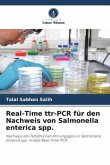
Broschiertes Buch
Nachweis des Tetrathionat-Atmungsgens in Salmonella enterica spp. mittels Real-Time PCR
19. Februar 2024
Verlag Unser Wissen
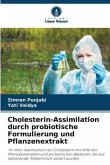
Broschiertes Buch
"In-vitro-Assimilation von Cholesterin mit Hilfe von Pflanzenextrakten und probiotischen Bakterien, die aus laktierender Muttermilch isoliert wurden
19. Juli 2023
Verlag Unser Wissen

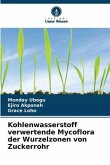
Broschiertes Buch
21. März 2023
Verlag Unser Wissen
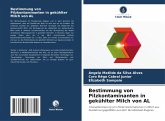
Broschiertes Buch
Charakterisierung von Pilzkontaminationen in Milch aus Ausdehnungsgefäßen aus dem Bundesstaat Alagoas.
25. Mai 2024
Verlag Unser Wissen

Broschiertes Buch
Herstellung und Modifizierung von mikrobiellem Chitosan für die Entwicklung von Nanokapseln von medizinischer Bedeutung
14. November 2023
Verlag Unser Wissen
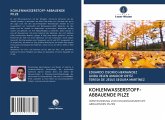
Broschiertes Buch
IDENTIFIZIERUNG VON KOHLENWASSERSTOFF ABBAUENDEN PILZEN
2. Oktober 2020
Verlag Unser Wissen

Ähnlichkeitssuche: Fact®Finder von OMIKRON
